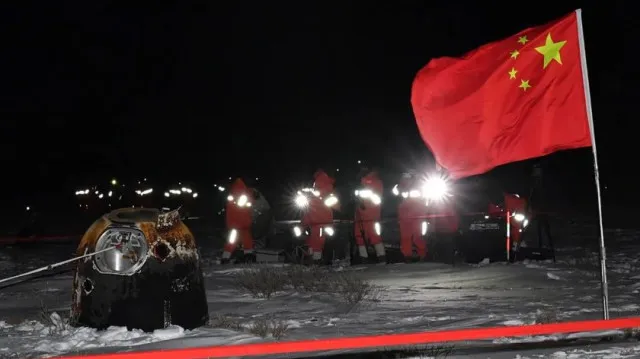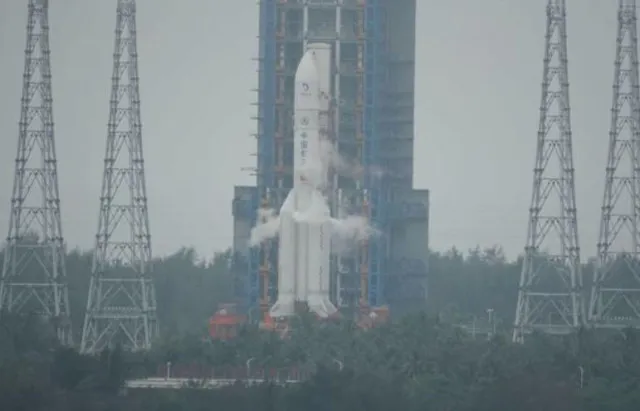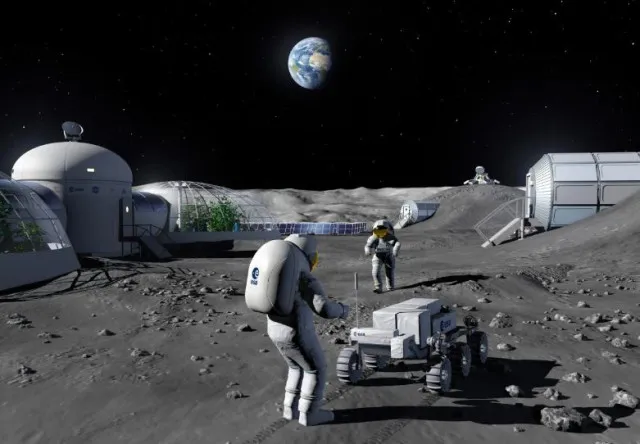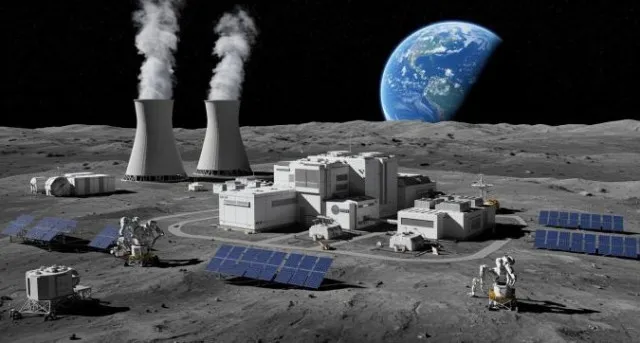The confirmation of plans to build a nuclear reactor on the Moon has left the U.S. in complete shock and disbelief.
A renewed Moon race begins as China and Russia announce a joint lunar energy plan
China has confirmed plans to build a nuclear reactor on the Moon. This made a major shift in space exploration and intensifying its competition with the United States.

In partnership with Russia, China aims to create a permanent lunar research base powered by nuclear energy, causing concern in Washington over technological dominance in space.
China and Russia are accelerating efforts to build a lunar nuclear energy station by 2035
During a recent space presentation in Shanghai, China revealed detailed plans to develop a nuclear-powered International Lunar Research Station (ILRS) with Russian support.
Chief Engineer Pei Zhaoyu explained that the base would rely on both nuclear power and large-scale solar arrays, alongside cables and pipelines for energy distribution.

The United States is now facing renewed competition in the race to return to the Moon
The U.S. aims to return humans to the Moon within the next two years, part of its Artemis program under NASA, with strong government and private backing.
The Moon has become a strategic target again, decades after the original U.S.–Soviet space race ended with Apollo missions in the 20th century.
Russia brings advanced nuclear technology to the Moon partnership with China

Wu Weiren, head of China’s lunar program, emphasized that Russia leads the world in deploying nuclear systems in space, ahead of even the United States.
Wu Weiren, said to Reuters at the conference: “An important question for the ILRS is power supply, and in this Russia has a natural advantage, when it comes to nuclear power plants, especially sending them into space, it leads the world, it is ahead of the United States,” Wu added that they hope “both countries can send a nuclear reactor to the Moon.”
Roscosmos is building a nuclear-powered cargo spacecraft, nicknamed a “space tugboat.” It is designed to transport heavy equipment and clean up space debris in orbit.

Yury Borisov, former head of Roscosmos, said in 2024: “This huge, cyclopean structure would be able, thanks to a nuclear reactor and high-power turbines, to transport large cargo from one orbit to another, collect space debris and engage in many other applications.”
If successful, the Moon-based nuclear reactor will power research facilities. It could also serve as a model for future missions to Mars and deep space.
This development marks a major leap in space technology. It shifts focus from short visits to a sustainable human presence on the Moon using high-efficiency systems.